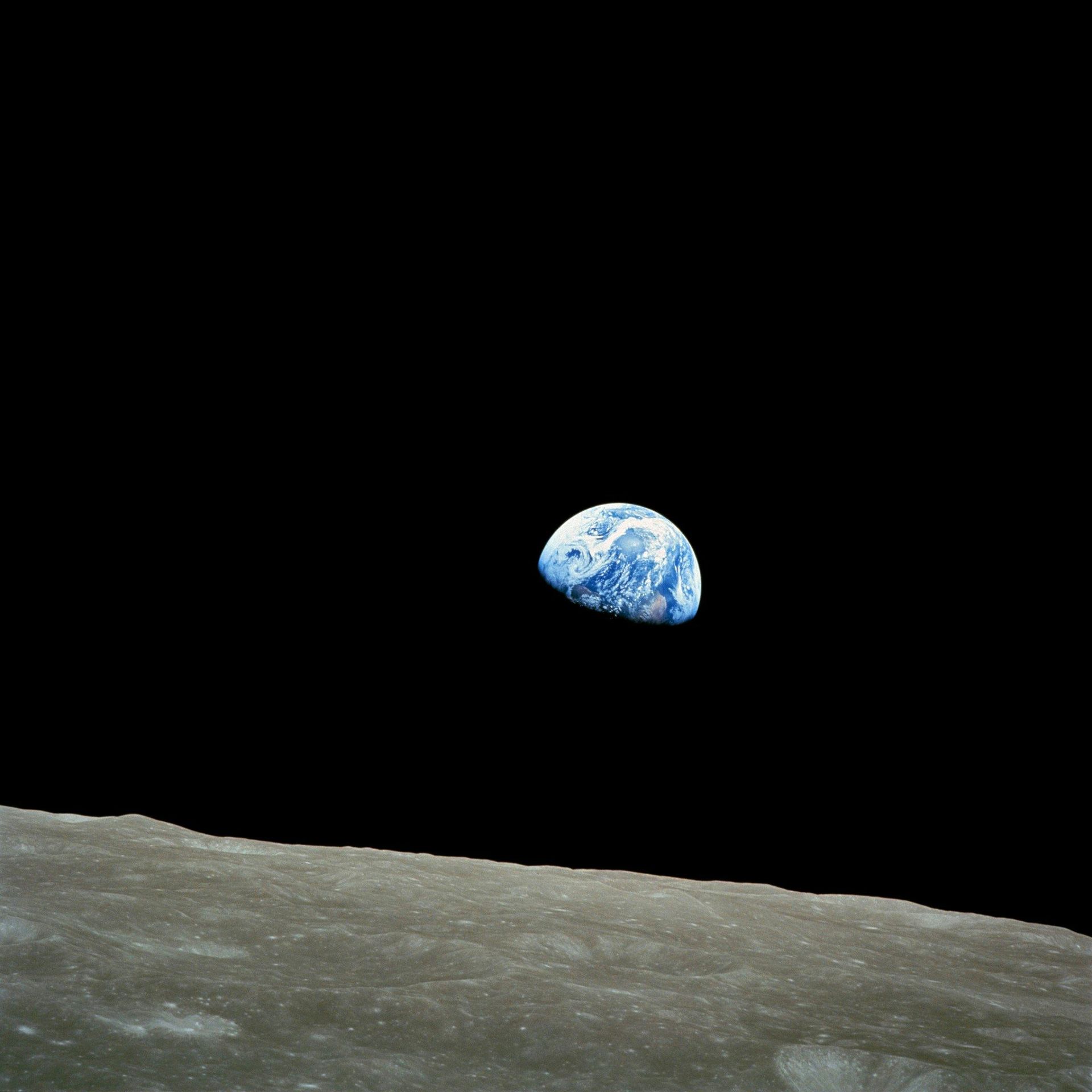Therories Towards Space Travel
New theories of long-distance travel involving intriguing aspects of physics

photo credits:pexels-mikhail-nilov / pexels-pixabay
The science of physics encompasses every aspect of physical existence. Its language is orchestrated with mathematical equations, and yet unknown; is the universe’s complexity. The accepted conformities regarding laws of matter are based on opinion. This blogpost mentions opinions offering alternatives to those who hold themselves as established authority.
Theoretical Physics and Transportation
The subject of CATTCC is specific to transportation. The aspect of advancing transportation technology, mandates progressive investigation into theoretical physics.
One of the alternatives to traditional transportation was from the self-proclaimed protégé of Nikola Tesla: Otis Carr. Besides an incredible concept of how the vehicle was designed to fly, there’s speculation that Otis Carr’s ship had an element of psychokinetic control. This speculation is that neural oscillations are vibrational action that might be used for operational controls. Due to the configuration of the ship design, this type of operational control would be imperative.
How could neural oscillations be used? Minute vibrational action is seen in light. Colored light travels at different speeds. When this light travels at different speed, it creates a different wavelength, or angstrom value. This oscillating action could, conceivably, be utilized for motion to activate switching control.
In the blogpost, Operational Control; the following section raises the possibility of neural ship controls:
Matching wave patterns
What is apparent in Otis Carr’s ship was the psychokinetic transmission to the color spectrum. It’s theorized that the hue pattern transmitted a focused and measurable signal, interpreted as a specific control switch to perform a task.
Colored light travels at different speeds. When this light travels at different speed, it creates a different wavelength, or angstrom value.
The implication of significance to this technology application is that an infrared sensor requires a direct line of sight. The neural oscillations generated by a psychokinetic wave is capable to transcend the influence of electromagnetic fields. When the psychokinetic waves are transmitted as hues, the oscillations can be interpreted as an optical switch.
Regarding different perspectives in physics, many of the fundamentals to new concepts in theoretical physics are from ignored physicist’s theories presented in the past.
One of the most profound concepts in the leading edge of fringe science is based on the principle of electrogravitics, discovered by T. Townsend Brown. One of T. Townsend Brown’s most notable discoveries was the Biefeld-Brown Effect. It was named after Brown and his mentor Dr. Paul Biefeld. The effect was discovered in 1920 by Thomas Townsend Brown and Paul Alfred Biefeld during their experiments with a Coolidge X-ray tube. They observed a thrust acting toward the thin electrode. It showed that when an electrical current is applied to a capacitor, it will move in the direction of the flow of current - towards its positive pole.
This effect is the basis for Brown's electrogravitics research. The emphasis relating to the principles of electrogravitics, is that it conceptualizes electrogravitics as the foundation to subatomic action. In the postulation of CATTCC, this electric current flow is a representation of gravitational motion within subatomic motion; rather than magnetic action. Hence, electrogravitics. At a subatomic level, the conceptualization of electro-gravity action replaces the theory of electromagnetics as the basic principle of subatomic motion.
It needs to be pointed out that electrogravitics is too disruptive to be accepted by the practiced standards of academia. With this being said, CATTCC supports the postulation that subatomic matter is comprised with gravity as a fundamental component. One of the supporting considerations is; according to conventional academics, all atoms have electromagnetic potential. Because all magnetic action is ferrous, it is impossible for a non-ferrous molecule to possess magnetic charge.
There are other provocative concepts in physics that propose alternatives to conventional perspective.
A column by Frederick Sinclair, explains why Walter Russell was considered one of the greatest minds of the early 1900s. In an article he writes: In reading the works of Walter Russell, one discovers the power of an illuminated mind as he describes and illustrates how the stillness of the Creator becomes consciousness that vibrates into wave form that follows Natural Law into the formation of physical Creation. The why of it all; is simply because it is God’s Nature. Nature, being the operative clue. Russell was a close friend and associate of Nicola Tesla and the physics of polarity brought forward is also evident in Tesla’s invention of alternating current. Russell forwarded special editions of The Universal One to 125 of the world’s most prominent scientists, physicists and thinkers of that time. The depth and genius of Russell’s cosmology ironically coincides with the birth and formulation of Quantum physics.
One of Walter Russell’s endeavors was developing a variation to the table of elements. Although never accepted by academia, his theory is a light-based periodic table of elements which includes each element’s frequency. An excellent explanation of his proposal is found on Quora, by Andrew Wolff.
In the field of theoretical particle physics, the process of particle destruction in cyclotrons or linear accelerators produces uniform frequency patterns, which might lead to an interpretation of magnetic patterns, yet, this lacks justification to the state of ferrous absence. Nonetheless, all matter holds its gravitational course, which T. Townsend Brown alluded to with his hypothesis for the principle of electrogravitics.
The unknows of traveling in space
This raises a question regarding another aspect of physics: traveling in space. Are there components of space that the perception of man’s intellect isn’t aware of? Is there more about the physics of the make-up of space; do we know all there is to know about the vastness of space, is it merely empty nothing? The relevance of this question is similar asking for the distinction between traveling in Earth’s atmosphere compared to water. Space is not a vacuum.
An AI search version provides the following rendition on Nikola Tesla and ether:
Nikola Tesla had unique interpretations of the concept of ether. He believed it is a primary substance filling all space and acting as a medium for transmitting electromagnetic energy. Tesla described the ether as a dynamic, invisible substance that could transmit and propagate electromagnetic energy.
Tesla's views on ether were influenced by the scientific discourse of his time, which was grappling with the wave-particle duality of light and the need for a medium to support wave transmission. He saw the ether as a substantial and essential part of the physical universe, not just an empty void.
Similar to Russell, Tesla's theories of ether were not widely accepted by the scientific community. The Michelson-Morley experiment, conducted in the late 19th century, failed to detect the existence of ether, leading to a decline in mainstream scientific interest in the concept. This experiment was pivotal in disproving the existence of ether as a medium for electromagnetic waves, and it paved the way for the development of special relativity and modern theories in physics, such as quantum field theory. Curiously, Russell’s work is considered instrumental to the quantum field theory.
Despite the scientific community's shift away from ether theory, Tesla's contributions to the understanding and utilization of ether continue to inspire researchers and inventors today. His conceptualization of ether played a pivotal role in the development of wireless power transmission and other groundbreaking inventions.
From Kendall Milar, in the Astrophysics Data System, writes a supportive paper regarding Tesla and his theories on the presence of ether: In the nineteenth century physicists' understanding of the ether changed dramatically. New developments in thermodynamics, energy physics, and electricity and magnetism dictated new properties of the ether. These have traditionally been examined from the perspective of the scientists re-conceptualizing the ether. However Nikola Tesla, a prolific inventor and writer, presents a different picture of nineteenth century physics. Alongside the displays that showcased his inventions he presented alternative interpretations of physical, physiological and even psychical research. This is particularly evident in his telautomaton, a radio remote controlled boat. This invention and Tesla's descriptions of it showcase some of his novel interpretations of physical theories. He offered a perspective on nineteenth century physics that focused on practical application instead of experiment. Sometimes the understanding of physical theories that Tesla reached was counterproductive to his own inventive work; other times he offered new insights. Tesla's utilitarian interpretation of physical theories suggests a more scientifically curious and invested inventor than previously described and a connection between the scientific and inventive communities.
Nassim Haramein has suggested that Tesla's concept of ether is analogous to the fundamental universal field of energy that exists in the universe, also known as the void of space, the zero point field, the quantum foam, the source field, and even referred to as "the god particle".
Modern science has incorporated many of Tesla’s theories and inventions of electromagnetic field technology into society, advancing the electronics industry with power, communications and data manipulation. Meanwhile, other areas of theoretical physics in particle mass and gravity, remain a mystery and some areas yet unexplored.
Gravity
The blogpost, A Study in Gravity goes into greater detail:
There’s a new theory for gravity that describes what it is. The theory makes no revolutionary proclamation, it merely postulates the identity of gravity.
This theory coincides with Albert Einstein’s theory of relativity in its claim that our galaxy is flying through space at light speed. The currently held belief of all matter; is every particle maintains elliptical orbits. The new theory identifies matter as Einstein’s theory claims; that all matter is moving at light speed. This speed nullifies a model of matter holding elliptical orbits. The new theory of gravity postulates that all matter, as moving at light speed is linear. This linear movement follows unified wave motions. It postulates a specific path of linear movement. Gravity is identified as the angular momentum of matter along this linear path.
The new theory suggests that gravity is a subatomic process rather than a product of mass. This does not negate gravitational laws that dictate its action. In regard to the composition of subatomic matter and what is held in theory as a procession of electromagnetic orbits, this new theory makes the point that magnetism is the action of stray electrons in ferrous materials. How, then, can atoms of non-ferrous composition hold electromagnetic properties? It is the scientific claim that magnetism is an action of ferromagnetism. Because science has established magnetic action as ferromagnetism, how are magnetic properties able to exist in sub-atomic properties and yet lose their magnetic existence in large quantities of element mass that aren't ferrous?
“What is gravity?” It can be theorized that gravity is the angular momentum of particle mass along its ‘orbital’, yet linear path; as each particle moves through space at light speed. Gravity is that angular flow pattern of the motion within its path.
This goes into more detail behind the CATTCC paywall: Here is part of this newly proposed theory on particle movement. There is a path to all matter. The path is analogous to a ribbon in an elliptical patterned Mobius strip with twists in the ribbon. But, this elliptical ribbon with its defined twists is stretched out to a linear path in sync traveling at the speed of light. The angular momentum of the twists at that speed; is gravity.
Conclusion
The study of new concepts in theoretical physics are of critical importance to proliferate short distance transportation as well as ultra-fast speeds for space travel.
The bigger launch pad blasts are nothing less than controlled bombs spread over a longer distance. These bigger bombs are unable to provide greater acceleration speed for space flight. Even a method that would reach light speed for space flight is far too slow to explore the universe. Ultra-fast space flight requires an attractive force instead of propulsion. Explosion as a source of propulsion is massively inefficient and shouldn’t even be a consideration for space travel.
Where is the research for efficient energy use regarding space travel? It’s found in the manipulation of gravitational attraction. By learning what gravity is, its use for space flight can be attained. The speed of the Parker Solar Probe used the laws of gravitational principles. By taking advantage of the new theory of what gravity is; use of gravity can be a means for ultra-fast space flight.



